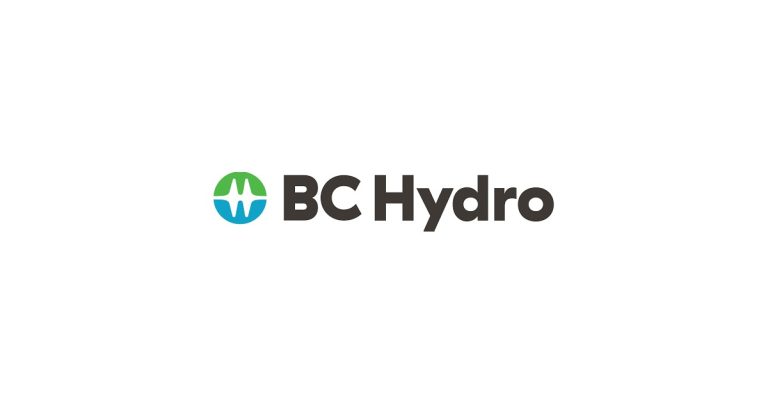Doubling Pace of Construction over Next Decade Would Restore Housing Affordability to 2019 levels

June 30, 2025
Canada Mortgage and Housing Corporation (CMHC) released new estimates on Canada’s housing supply gaps showing that a return to housing affordability levels last seen in 2019 will require between 430k and 480k new housing units be built annually over the next decade. This is an approximate doubling of the current pace of home construction in Canada.
New this year, the report provides specific housing supply gaps for the country’s largest Census Metropolitan Areas (CMAs), outlining how many housing starts are needed above what is projected to be built in a ”business-as-usual” scenario in both the homeownership and rental markets. These estimates follow previous CMHC research on productivity showing the homebuilding industry in Canada currently has the potential capacity to build more than 400k new homes per year.
Supply gaps in largest CMAs:
- It is estimated Montréal faces the largest housing supply gap of the large CMAs. Current trends show housing affordability challenges will become much more acute if housing supply is not significantly increased. Since the pandemic, and when compared to local incomes, homeownership costs in Montréal have risen faster than any of the large CMAs. Strong rental construction in recent years must be expanded and matched by a significant increase in new units intended for the homeownership market.
- In Toronto, it’s estimated a 70% increase in homebuilding over the next decade would help to improve affordability issues. Despite increased rental construction in recent years, the region is lacking homeownership options that match local incomes.
- In Vancouver, it is estimated 7.2k additional homes are needed annually above the “business-as-usual” scenario, an increase of 29%. In 2023, more than 33k housing starts were recorded in this CMA. This continued level of construction would help the region’s longstanding affordability issues for both homeowners and renters.
- Calgary, which has seen record levels of home construction for three consecutive years, is estimated to need 45% more new homes annually above the “business-as-usual” scenario. This would help counter post-pandemic affordability challenges, for both the homeownership and rental markets.
- Ottawa-Gatineau is estimated to have the second largest housing supply gap of Canada’s large CMAs. The region saw increased homebuilding from 2021 through 2023, but since the pandemic, new supply has not kept pace with increased housing demand.
- In Edmonton, no additional supply is required beyond what is currently projected, as sufficient market housing is expected to be built in the region to maintain affordability by 2035. As the focus of the report is on average affordability for market housing, this result does not reflect continuing challenges in Edmonton, such as homelessness.
- By province, the most significant housing supply gaps are in Ontario and Nova Scotia, which saw some of the fastest rising housing costs due to the pandemic, and British Columbia.




![Guide to the Canadian Electrical Code, Part 1[i] – A Road Map: Section 52 — Diagnostic imaging installations](https://electricalindustry.ca/wp-content/uploads/2022/11/Guide-CE-Code-2-768x432.png)





![Guide to the Canadian Electrical Code, Part 1[i] – A Road Map: Section 52 — Diagnostic imaging installations](https://electricalindustry.ca/wp-content/uploads/2022/11/Guide-CE-Code-2.png)






